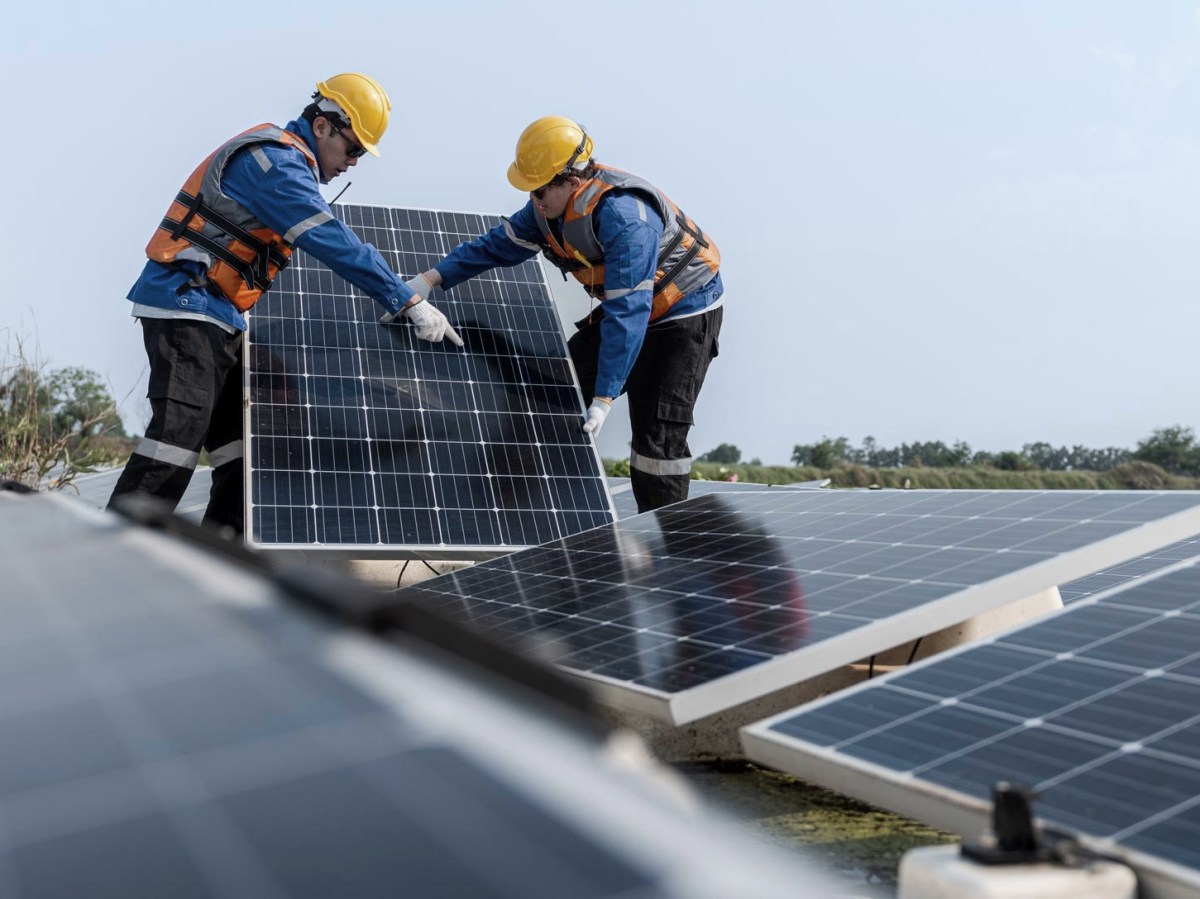Australia has a once-in-a-generation opportunity to boost productivity by aligning industrial policy with climate action, according to the Climate Capital Forum’s latest paper.
The paper, Ten Ideas to Grow Australia’s Productivity, outlines ten practical proposals to accelerate clean energy investment, unlock capital, and support the workforce needed for a low-emissions economy. Here’s a summary of the ten ideas presented.
1. Accelerate public investment deployment
Billions of dollars in public capital remain unspent across major federal funding bodies such as the National Reconstruction Fund and Rewiring the Nation. Fast-tracking deployment by reducing red tape, simplifying application processes, and using scalable models, like the Capacity Investment Scheme, will crowd in private capital and bring shovel-ready projects to life.
2. Back early-stage clean technology innovation
A new ten-year program is proposed to fund clean tech startups at the pre-seed and seed stage with non-dilutive, non-matched grants. This would unlock innovation currently stuck in the “valleys of death” between research and commercialisation, and support a more diverse and inclusive pipeline of solutions.
3. Extend Future Made in Australia to green iron
To position Australia as a leader in green metals, the paper recommends extending the Future Made in Australia framework to include a Production Tax Credit for green iron and steel. This would drive investment into domestic processing, maximise value from Australia’s resources, and protect strategic industries from foreign acquisition.
4. Reform superannuation benchmarks
Superannuation performance tests currently deter investment in clean energy and infrastructure. Introducing optional, climate-aligned benchmarks and revising APRA’s heatmap would give funds the regulatory backing to invest in the industries that will define Australia’s future economy.
5. Mandate the sustainable finance taxonomy
To direct finance toward transition-aligned activities and avoid greenwashing, Australia’s sustainable finance taxonomy should move from voluntary to mandatory use. Standardising definitions of “green” and “transition” would help capital flow more effectively into the right areas.
6. Reform the fuel tax credit
The Fuel Tax Credit scheme is one of Australia’s largest fossil fuel subsidies. Capping claims per company and phasing out subsidies where electrification is viable would redirect billions toward more productive and future-focused investments. Firms could receive compensation if they reinvest in decarbonisation.
7. Streamline environmental approvals for clean energy
Current environmental approval processes can delay major clean energy projects. Reforming the EPBC Act to restore climate triggers, apply statutory decision-making timeframes, and include a public interest override would speed up deployment while maintaining strong environmental safeguards.
8. Embed local benefits in investment programs
Requiring community participation and local content across programs like Future Made in Australia and the Capacity Investment Scheme would ensure that the economic benefits of the clean energy transition are widely shared. This includes equity participation for communities and tailored benefits for First Nations people.
9. Invest in social and shared infrastructure
Productivity in regional clean energy zones depends on more than just project financing. Investing in social infrastructure, such as housing, health, and transport, as well as shared facilities like ports and transmission lines, will make these regions more liveable and investment-ready.
10. Expand and diversify the clean energy workforce
Australia faces a major skills shortage in key trades and technical roles needed for the transition. Lifting apprentice pay, boosting public training, retraining workers from declining sectors, and improving access for women and multicultural Australians are essential steps to building a future-fit workforce.
The clean energy transition isn’t just an environmental necessity, but is one of Australia’s biggest economic opportunities. These ten ideas provide a practical roadmap to lift productivity through climate-aligned investment. By unblocking capital, backing innovation, reforming regulation, and supporting workers and communities, Australia can secure its industrial future while reducing emissions.
The full paper, Ten Ideas to Grow Australia’s Productivity, can be accessed here.
The Climate Capital Forum (CCF) is a network of investors, climate finance experts, decarbonising companies and philanthropists who came together to provide policy advice on how Australia can lead the world in decarbonising, renewable energy and cleantech innovation.

